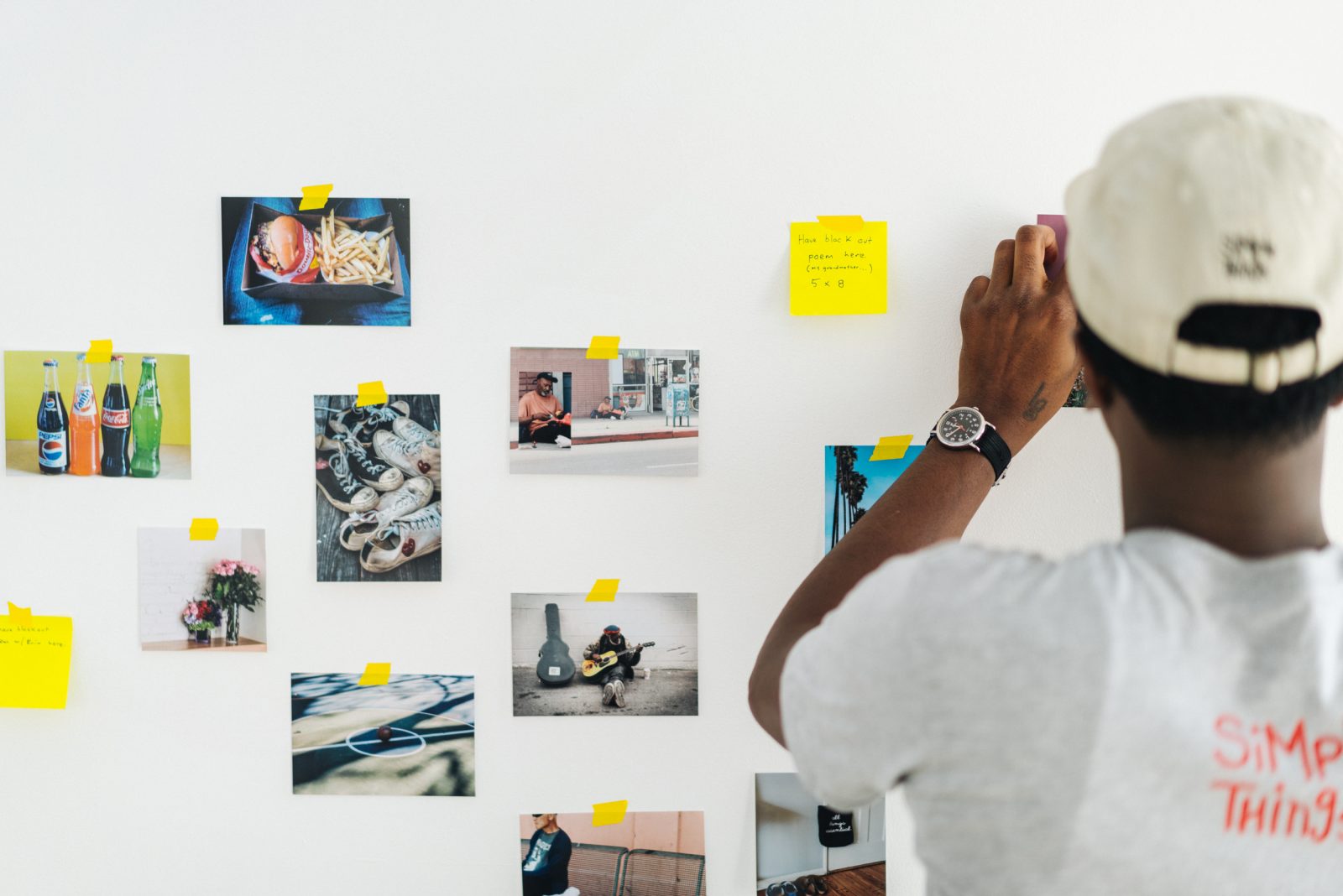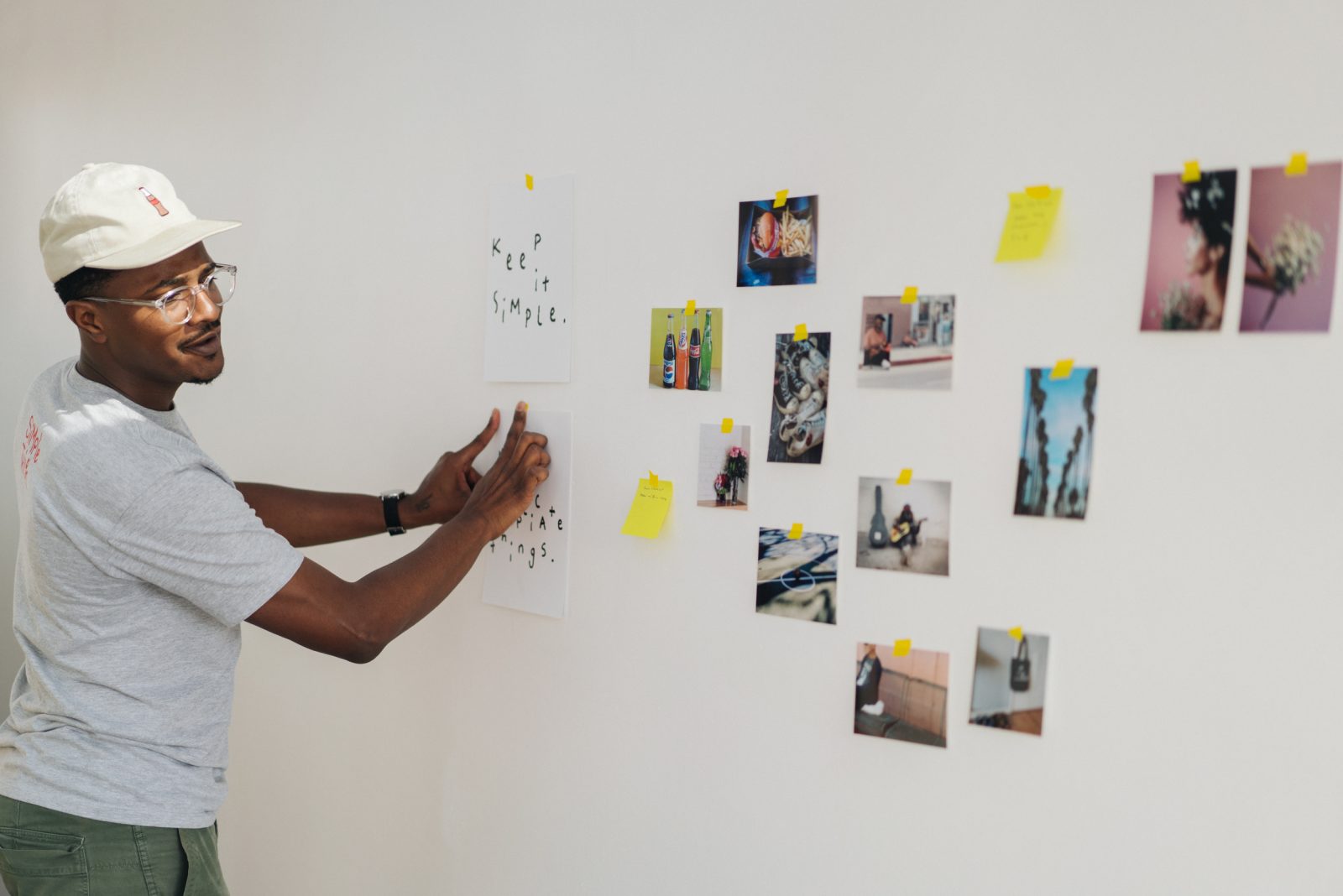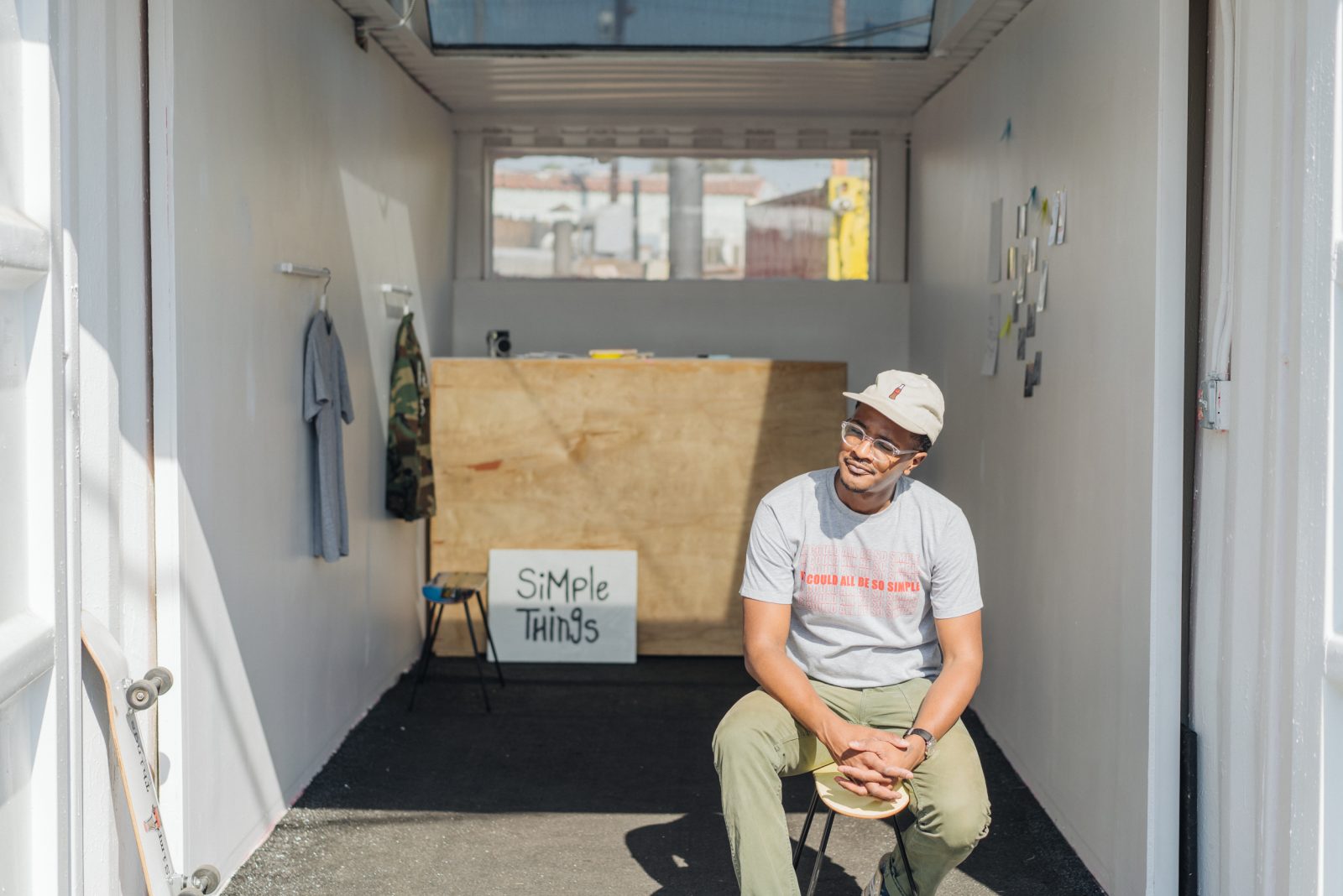Society6 is a community of creatives from all over the world—diversity is what makes us, inspires us and allows us to see the world through others’ eyes.
We believe in celebrating this diversity every day, but we’re also thrilled to participate in the observance of Black History Month by sharing stories of outstanding black creatives. Over the next few weeks, get inspired as LA gallerist Maceo Paisley interviews four different artists, makers and community-shapers. First up is multidisciplinary creative Lorenzo Diggins Jr.—read on below:
Lorenzo Diggins is an artist designer in South Los Angeles who believes in the creative’s ability to make a world all their own. Over the past few years he has built brands and projects that challenge him and drive his work forward. He was able to spare a few minutes to share what is truly important to him about his work.


How did you get started in art and design?
It started with just having an imagination, and wanting to see if I could bring the things I was thinking about to life. My entry into finding what I wanted to pursue was styling, I learned very quickly that it wasn’t for me. Heard Em’ Say was my first entrepreneurial effort and I started doing photography to save money and then just started to build my own brand. I was empowered early on by my peers that were photographers to continue it.
With my first project I realized how quickly you can lose steam if you don’t meet the demand with what you are selling. I feel like with Heard Em Say I over-promised and under-delivered and it just fizzled. I either didn’t have the inventory, or when I did have the inventory it wasn’t connecting with the audience and all this was costing money. I didn’t have the money to throw down the drain so I started The Essential Man blog to promote it.
So what was the basis for your The Essential Man brand?
In the early blogging days before Instagram, people were really looking for original content. The whole idea of being an influencer was based on sharing my perspective and I was an early adopter of that idea. When I saw that people were actually gravitating towards my perspective, I got more serious about it, the blog grew into a brand for The Essential Man. I launched the site with 3 products and they started selling word of mouth.
My first products were a tote bag, a pocket notebook and a cap. After doing that for a year and a half I thought I was ready to launch shirting so created a Kickstarter. Unfortunately, I didn’t reach my goal. I went in to a mild depression for 2 or 3 months because this was my second time trying to launch something that didn’t work out. By this time I had invested in the fabric to make the shirts and it didn’t happen, man. It didn’t happen.

Looking back on those times, how did you come out of that depression or that funk?
Once I was in my right mind, I realized I had two choices: make the most of what I had or figure something else out. At the time, I had already spent thousands of dollars on fabric and I couldn’t just let it go to waste, so instead of shirting, I cut it up into little pieces to make accessories. That was my pivot to maximize my fabric by making several pieces from a yard instead of one. I was able multiply what I had already invested in.
Right around that time you started doing retail pop ups at stores and shows…
Yes, Unique LA was my marker. Once I made the decision I was going to move forward with The Essential Man, the next best thing I did was sign up for Unique LA. That market gave me a deadline and an incentive to work towards. This was the first time I would be introducing my brand, to people after switching to these accessories so it was really important.
I sold ties, hats, pocket squares, and handkerchiefs.
What were some other benchmarks you are really proud of?
The next step after premiering in the markets was getting into stores. I scaled up pretty quick because I got in about 12 stores right away. I was already really proud of being able to spend time, not only on the product but also paying attention to getting it to the right audience. In the time in between the shows and approaching stores, I knew I needed to get product shots, and a lookbook. I knew what stores needed because at the time I was working retail at Barney’s so I was seeing all these line sheets and lookbooks come in and during slow hours I was learning how other brands presented themselves.
I have so many strips of receipt paper from that time period. Instead of playing a game on my phone, or looking at instagram, I was looking at books and working on designs. I studied brands that I admired based on extra materials that higher end sellers were bringing in to the store and learned where I fit. If there is something that I don’t know, I try to be resourceful and find it.

How would you describe what you do now?
These days, in short I would say I am a creative. I create things, and I have different concentrations. I can do graphics design, photography, illustration, I can do apparel. I think it all comes from the same place of wanting to get out ideas.
As someone who is self educated, how do you place the difference between technically ability and style?
It’s always an adjustment, I come from the school of making the most of what you have. I’ve always wanted to maximize the use of something—it’s helped me to think outside the box. I guess, when you are in school, you learn that there are terms for that, but it was just my innate ability. When you look at all of my brands (Heard Em’ Say, The Essential Man, Simple Things) each one is revolving around the same core idea; being appreciative and making the most of what you have.
How does someone engage in the work you are doing now?
Since I have created a few brands, I know how to create a brand. Since I have published, I know how to publish. It is about creating a platform for other artists. At a certain point I will be able to highlight more artists. My primary source of income is a creative strategist. I help other creatives or business, bring their ideas to life. I offer product development, product management, and a few other services, but I am very specific in the work I do.
One of my goals was always to have my own store, and as I began to realize that was nothing more than a concept shop. What I am doing with my space now is the beginning of that. I converted an 8’ X 24’ shipping container into a gallery space and I use it for my own events and for others. It’s not always economically driven, for me it is about community and seeing people get their ideas out.

Photos by Jonathan Chu
Comments